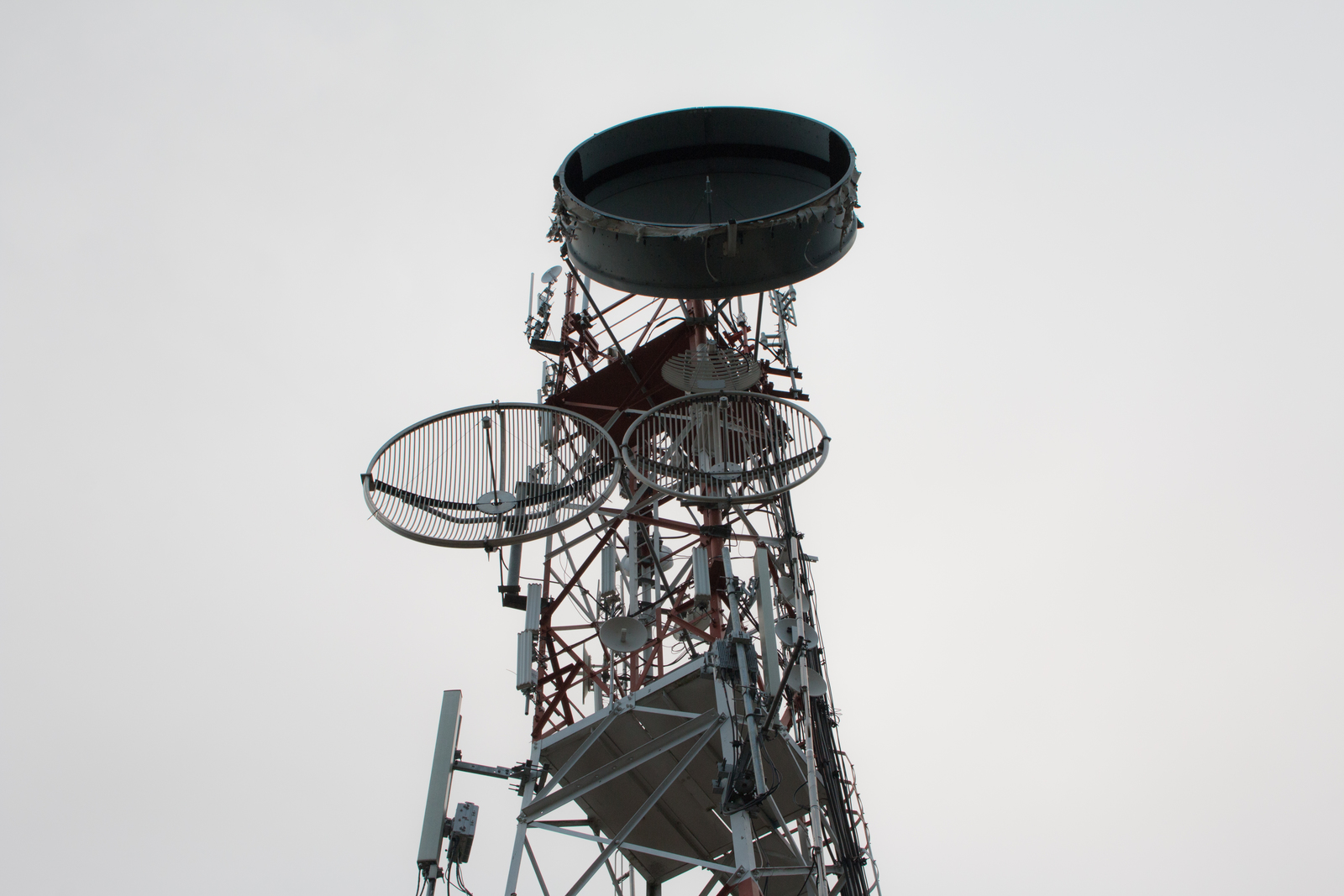The history of cellphone network generations is one of the most fascinating technological advancements of our time. It has revolutionized the way we communicate, work and live. The first generation (1G) of cellphone networks was introduced in the 1980s and was purely analog, while the second generation (2G) was introduced in the 1990s and was digital. In this article, we will take a closer look at 2G and its evolution into 3G, 4G, and 5G, as well as the regional nuances of these network generations.
2G: Digital and Global Standard
The second generation of cellphone networks was the first to be digital, and it allowed for the transmission of voice and text data. This was a significant advancement from 1G, which could only transmit analog signals. 2G was also the first global standard for cellphone networks, and it allowed for interoperability between networks, making it possible for people to use their phones in different countries. The most common 2G standards were GSM (Global System for Mobile Communications) and CDMA (Code Division Multiple Access).
Regional Nuances of 2G
While 2G was a global standard, there were some regional differences in the way it was implemented. In Europe, GSM was the dominant standard, while in the United States, CDMA was more widely used. This meant that phones used in one region might not be compatible with networks in another region. Additionally, the frequency bands used for 2G varied from country to country, which could also cause compatibility issues.
3G: The Rise of Mobile Data
The third generation of cellphone networks, 3G, was introduced in the early 2000s. 3G allowed for higher data transfer rates and made it possible to use mobile data services like email, web browsing, and video calling. The most common 3G standards were WCDMA (Wideband Code Division Multiple Access) and CDMA2000.
Regional Nuances of 3G
3G was also a global standard, but there were some regional differences in the way it was implemented. In Europe, WCDMA was the dominant standard, while in the United States, CDMA2000 was more widely used. Additionally, the frequency bands used for 3G varied from country to country, which could cause compatibility issues for phones used in different regions.
4G: High-Speed Mobile Data
The fourth generation of cellphone networks, 4G, was introduced in the late 2000s and early 2010s. 4G allowed for even higher data transfer rates than 3G, making it possible to stream high-definition video and use other data-intensive applications. The most common 4G standards are LTE (Long-Term Evolution) and WiMAX (Worldwide Interoperability for Microwave Access).
Regional Nuances of 4G
Like previous generations, 4G is a global standard, but there are some regional differences in the way it is implemented. In the United States, LTE is the dominant standard, while in Europe, both LTE and WiMAX are used. Additionally, the frequency bands used for 4G vary from country to country, which can cause compatibility issues for phones used in different regions.
5G: The Future of Mobile Data
The fifth generation of cellphone networks, 5G, was introduced in the mid-2010s and promises to be the fastest and most efficient mobile network yet. 5G will allow for even higher data transfer rates than 4G, making it possible to stream 4K video and use other data-intensive applications. The technology behind 5G is based on the use of higher-frequency radio waves than previous generations, which can transmit more data at higher speeds.
One of the most significant benefits of 5G is its potential to revolutionize industries such as healthcare, transportation, and manufacturing. For example, 5G could enable remote surgeries and provide more accurate real-time data for self-driving cars. Additionally, 5G will make it possible to connect a vast number of Internet of Things (IoT) devices simultaneously, making homes and cities smarter and more efficient.
Controversies Surrounding 5G
Despite the many potential benefits of 5G, there have also been some controversies surrounding the technology. One of the main concerns is the potential health effects of exposure to higher-frequency radio waves. Some people believe that 5G radiation could cause cancer and other health problems, although scientific studies have not found evidence to support these claims.
Another controversy surrounding 5G is the potential impact on the environment. The rollout of 5G requires the installation of new cell towers and other infrastructure, which could lead to increased energy consumption and carbon emissions. However, some experts argue that 5G could actually reduce energy consumption and emissions by enabling more efficient use of resources.
There have also been concerns about the security of 5G networks. The use of new technology and increased connectivity could create new vulnerabilities for cyberattacks and data breaches. Additionally, the involvement of foreign companies in the development of 5G networks has raised concerns about potential espionage and national security threats.
Conclusion
The evolution of cellphone network generations has come a long way since the introduction of 2G. Each generation has brought significant advancements and allowed for new opportunities and innovations. While there are regional nuances in the implementation of these network generations, they have all been global standards that have transformed the way we communicate and live our lives.
5G is the future of mobile data and has the potential to revolutionize industries and make our world smarter and more efficient. However, as with any new technology, there are also concerns and controversies that need to be addressed. By continuing to explore the potential benefits of 5G while addressing these concerns, we can work towards a future where mobile connectivity is faster, safer, and more sustainable.








No Comment! Be the first one.